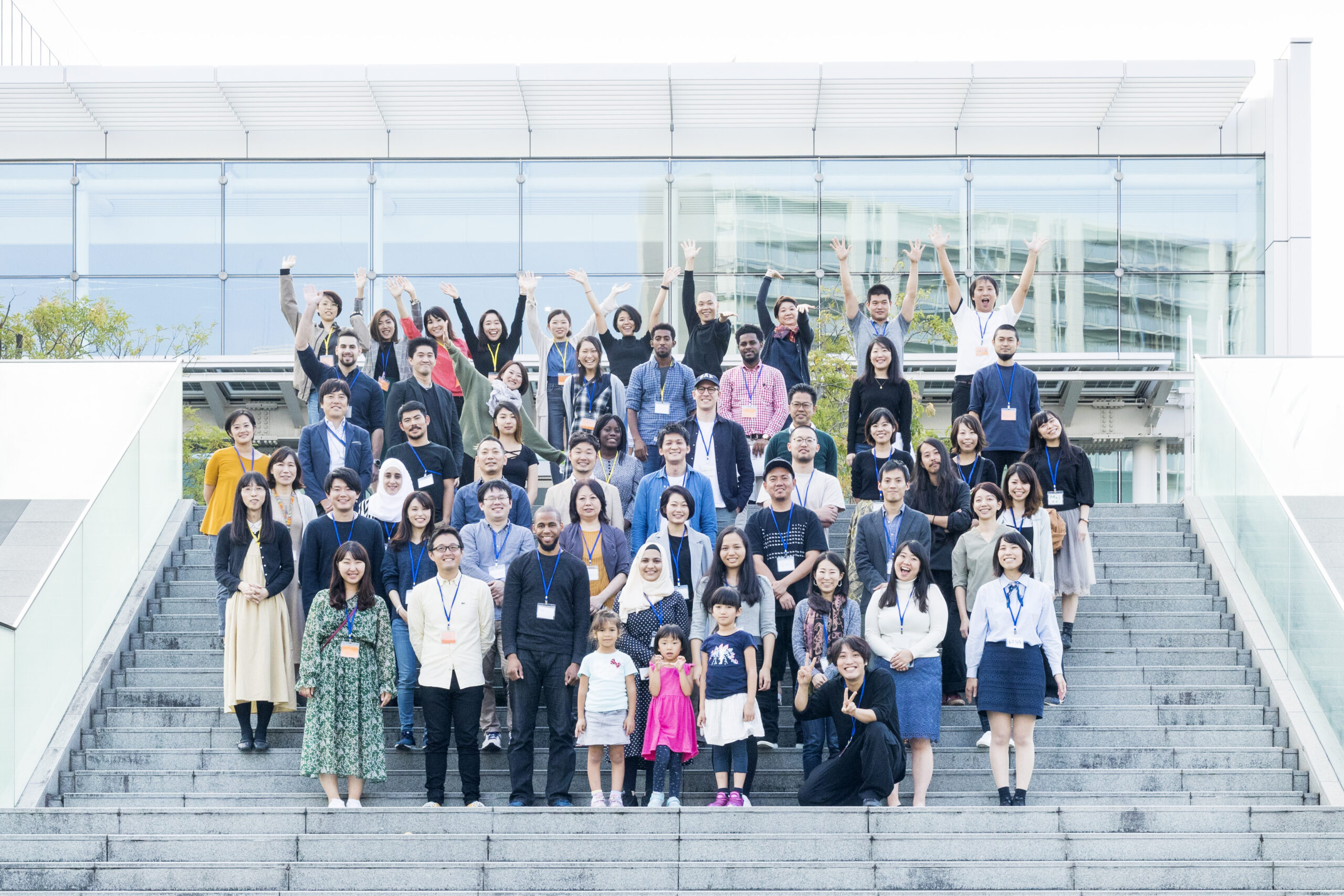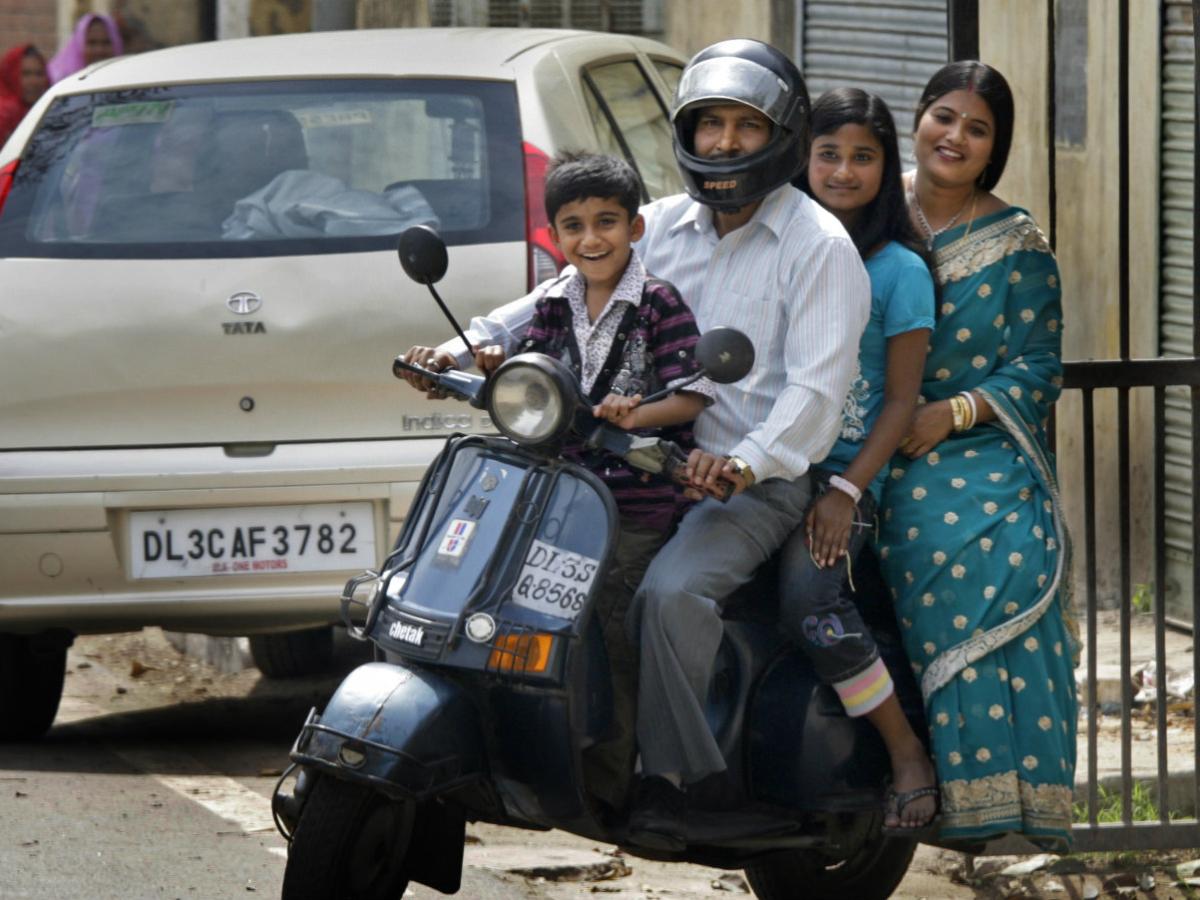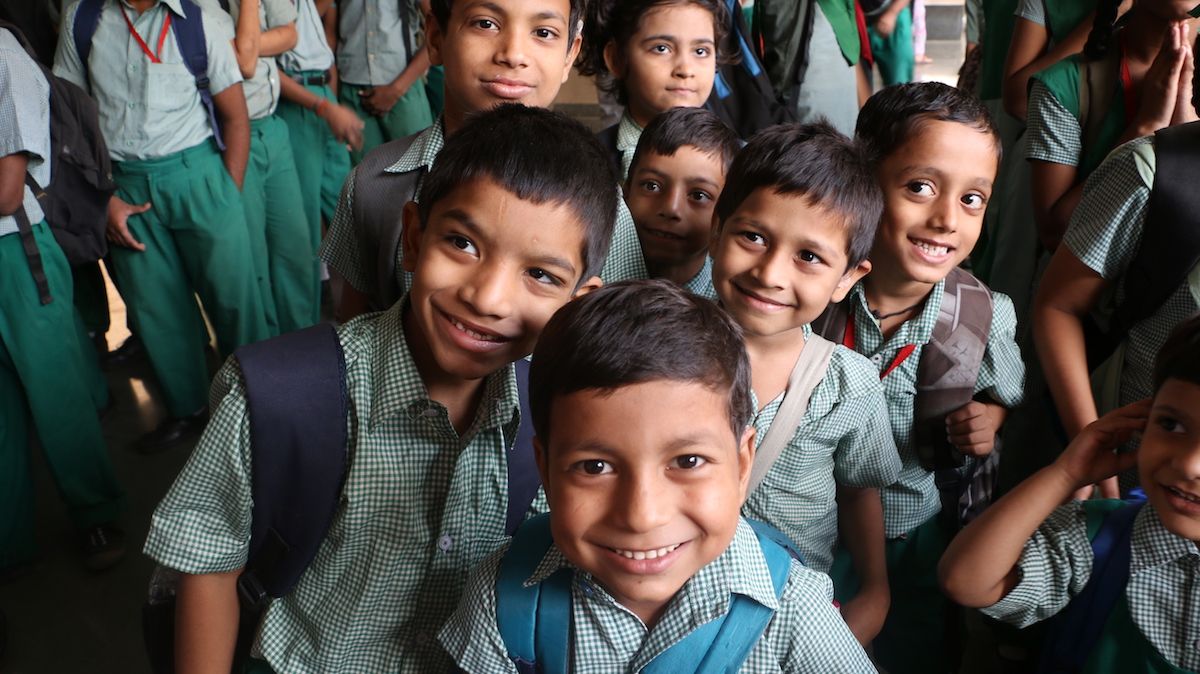Education is not a privilege. It is a human right, Everyone has the right to education. Education shall be free, at least in the elementary and fundamental stages. Education is provided in order for the full development of the human personality and to the strengthening of respect for humans, feelings ,emotions, sense of understanding, responsiblity . Unlike in other countries with compulsory education, parents in Germany are not allowed to teach their children at home. Here, school attendance is compulsory, and this is justified by the state’s duty to educate. Children usually start school at the age of six and attend classes for at least nine years. The German education system is different in many ways from the ones in other countries, but it produces high-performing students. The overwhelming majority of German students attend public schools. The whole German education system, including the universities, is available to the children of bona fide expatriates. The catch, of course, is that the classes are conducted in German, which is usually all right for school beginners but becomes more and more of a problem as the children get older. But, there are also many private schools. Although education is a function of the federal states, and there are differences from state to state, some generalizations are possible.
Breaking The Stereotype Of Public Sector Education In Germany
Historically, Lutheranism had a strong influence on German culture, including its education. Martin Luther advocated compulsory schooling so that all people would independently be able to read and interpret the Bible. This concept became a model for schools throughout Germany.When the German Empire was formed in 1871, the school system became more centralized.In 1872, Prussia recognized the first separate secondary schools for females. As learned professions demanded well-educated young people, more secondary schools were established, and the state claimed the sole right to set standards and to supervise the newly established schools. Germany means that the country of origin or the immigrants’ background is still a barrier to having access to education and the labor market of Germany. Germany being the largest country in Europe, and in the wake of recent events like the ongoing refugee crisis, the European sovereign debt crisis, and even the British Brexit vote, have been in the spotlight. The statistical data of Educational Report, PISA surveys. The results of the educational statistics of Germany show that more than group characteristics like social and cultural capital, structural and institutional factors (multi-track system with its selective mechanism, education policy, context of negative reception of Germany, institutional discrimination, and lack of intercultural curriculum) could have a decisive role in hampering the educational and labor market integration and social mobility.the statistical data of Educational Report, PISA surveys. The results of the educational statistics of Germany show that more than group characteristics like social and cultural capital, structural and institutional factors (multi-track system with its selective mechanism, education policy, context of negative reception of Germany, institutional discrimination, and lack of intercultural curriculum) could have a decisive role in hampering the educational and labor market integration and social mobility.
The rapid aging of Germany’s population of 82.1 million is another looming concern. Also Germany being the 2nd top on the list of world’s oldest population after japan .Almost with 28 % of its citizens aged about 60 years of age or above than that (Statistic Reported In The Federal Statistical Office of Germany)
Given these challenges, and seeing the more than 1 /4 of its population is overaged which would ultimately decline their economy it is no surprise that the German government has taken a step beyond breaking the stereotype of education in public sector as found in many other countries ,have taken a step and made the internationalization of higher education a strategic objective. Not only the Internationalization of higher education but also they have completely changed there system of education . Internationalization has various benefits ranging from positive impacts on the quality of research and education to enhancing the global reputation of academic institutions. Factors like the absence of tuition fees and a reputation for high-quality education, particularly in engineering and natural sciences, have helped Germany become an increasingly attractive country for mobile students seeking education abroad.
Structured School System
Germany has a federal system of government which grants its 16 member states a high degree of autonomy in education policy. The Federal Ministry of Education in Berlin has a role in funding, financial aid, and the regulation of vocational education and entry requirements in the professions. But most other aspects of education fall under the authority of the individual states, or “Bundesländer”
- Hauptschule – for less academic students;
- Realschule – for intermediate students;
- Gymnasium – for academic students;
- Gesamtschule – a comprehensive school combining all education types.
Children first attend primary school for four years. In their fourth year the decision is made on how to continue their education. The secondary school system is divided into:
- Hauptschule:The Hauptschule (grades 5-9) teaches the same subjects as the Realschule and Gymnasium, but at a slower pace and with some vocational-oriented courses. It leads to part-time enrollment in a vocational school combined with apprenticeship training until the age of 18.
- Realschule: The Realschule (grades 5-10 in most states) leads to part-time vocational schools and higher vocational schools. It is now possible for students with high academic achievement at the Realschule to switch to a Gymnasium on graduation.
- Gymnasium:The Gymnasium is a diploma called the Abitur .It is basic for university study or for a dual academic and vocational credential. Curriculum differs for every school, but generally include German, mathematics, computer science, physics, chemistry, biology, geography, art (as well as crafts and design), music, history, philosophy, civics, social studies, and several foreign languages.
- Gesamtschule:The Gesamtschule, or comprehensive school, is only found in some of the states. It takes the place of both the Hauptschule and Realschule. It enrolls students of all ability levels in the 5th through the 10th grades. Students who satisfactorily complete the Gesamtschule through the 9th grade receive the Hauptschule certificate, while those who satisfactorily complete schooling through the 10th grade receive the Realschule certificate.
- Berufsschule:This is done after the Hauptschule and Realschule .Berufsschule combining part-time academic study and apprenticeship. This type of schooling develops the ability of students in a particular trade or field of work. This is directly under the control of the federal government, industry and the trade unions.No matter to which school a student belongs he/she must have completed 9 years of schooling and if he is drop out then he should have been for a schooling of at least one foreign language at least for 5 years.
- Special Needs Students:There are different schools for students with special needs called Sonderschule or Förderschule. Depending on the individual’s needs and a school’s availability, a student can attend one of the generally have a smaller student to teacher ratio than the regular schools.
- Private Schools: There are a number of different types of private schools in Germany. These schools usually charge tuition and may offer varied courses leading to the German Abitur as well as other diplomas and certificates at the conclusion of studies.
- Internat :The Internat are German boarding schools. There are many of these kinds and offer various subjects. There are sports Internat, music Internat as well as Internat that specialize in other areas. There are also some separate boarding schools for boys and girls.
- International Schools : The several dozen International Schools in Germany normally offer courses in English leading to an IBO or other diploma or certificate that allows the students to continue on to college or university.
- Home Schooling : Homeschooling is illegal in Germany. The law requiring students to attend public schools or approved private schools has been upheld despite challenges to it.
- Higher Education :There are several varieties of university-level schools. The classical universities, in the tradition of Alexander von Humboldt, provide a broad general education and students usually attend them for up to six years. However, in recent years there have been changes to the curriculum allowing a university student (in a normal or technical university) to normally acquire a Bachelor Degree in either 6 or 7 semesters. A Masters Degree will normally require an additional 3 or 4 semesters. The Technical Universities (Technische Hochschulen) are more aimed at training students for specific careers. There are also Hochschulen for art and music.
Education in Germany is primarily the responsibility of every individual German state while as the federal government play a minor role.The system of education varies throughout Germany because each state has to decides its own educational policies. By breaking stereotype of regular education system to a systematic and particular type of public sector education system by German government . As the public education sector is divided and its control is under the states resulting in providing the solution to various problems which Germany was facing . It is estimated that about 99% of German people aging 15 years to above can read and write which would ultimately help there declining economy. Public sector education is made free to every child up to a particular type of schooling. By this system of public education sector it helped greatly in breaking socioeconomic,gender . Other types of discrimination which somehow was prevailing as poor people could not afford the economic expenses of their children’s to provide them with education .


























